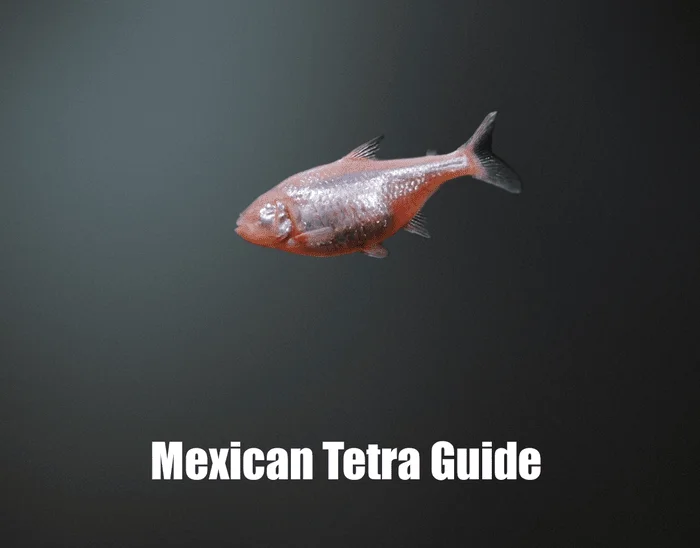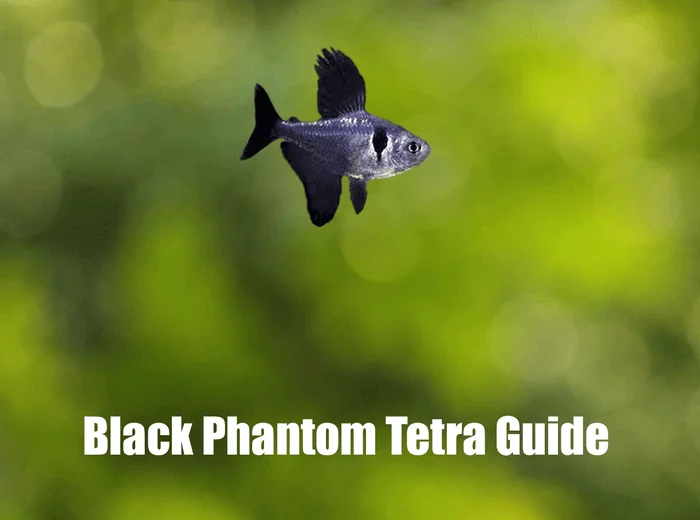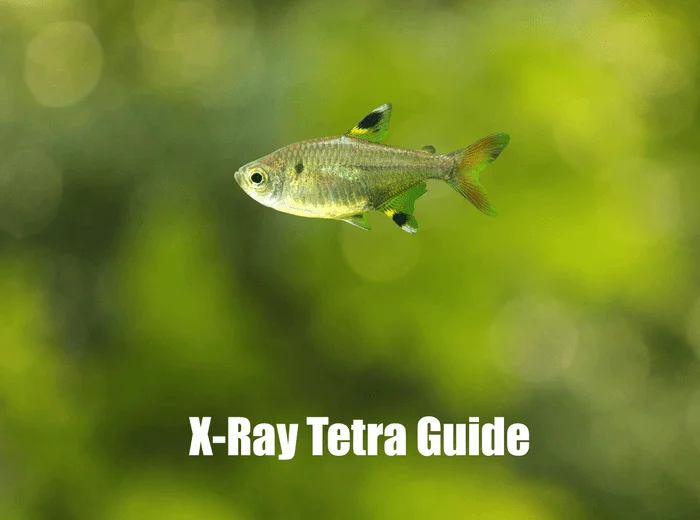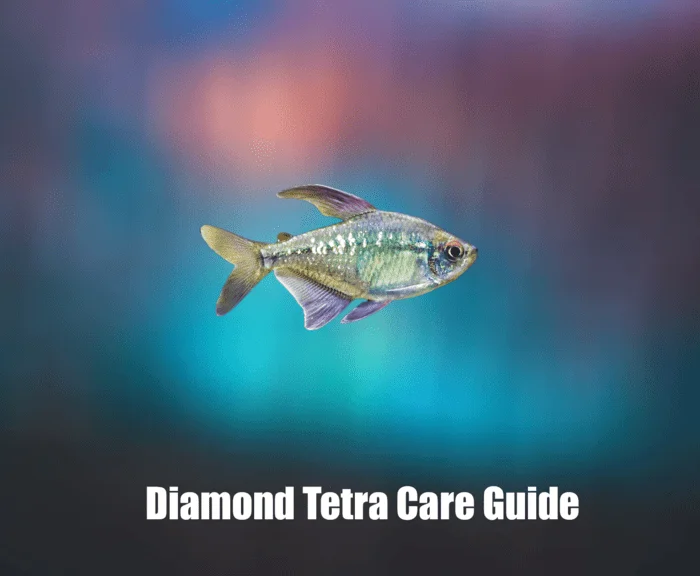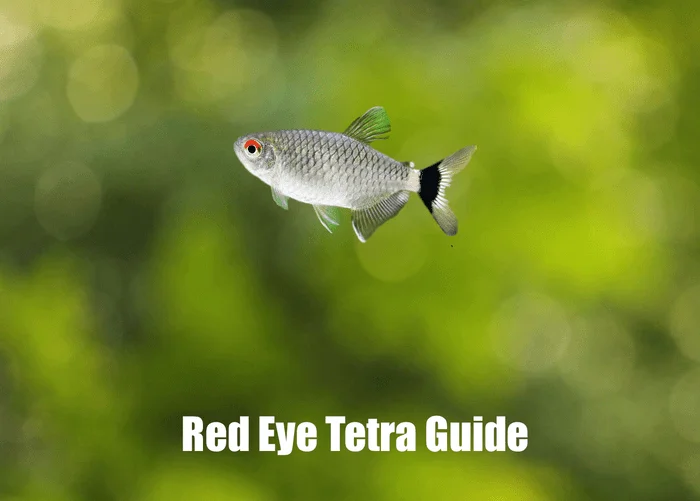Complete Care Guide for Congo Tetra: Nurturing a Thriving Aquarium
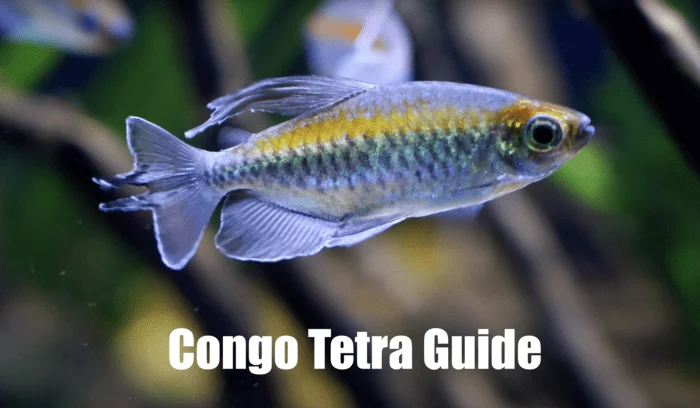
Introduction
Considering Congo Tetra for your aquarium or looking to enhance their care? This detailed guide is tailored for aquarists of all levels. Congo Tetra, known scientifically as Phenacogrammus interruptus and prized for their shimmering colors and elegant finnage, are a stunning addition to freshwater tanks. This guide will cover everything you need to know to ensure your Congo Tetra flourish.
Understanding Congo Tetra
Origin and Characteristics
Originating from the vast and biodiverse Congo River basin in Africa, Congo Tetras (Phenacogrammus interruptus) are a striking and captivating species in the aquarium hobby. These medium-sized fish are a testament to the vibrant natural beauty found in their native habitats, growing up to 3 inches (7.5 cm) in length. Their presence in a tank is marked by a dazzling display of iridescent body colors, which shimmer and change as the fish moves through the water. This iridescence typically showcases a stunning spectrum of blues, reds, and golds, making them a favorite among aquarists looking to add color and dynamism to their tanks.
Congo Tetras are particularly noted for their attractive finnage. The males of the species boast longer, flowing fins that add an elegant grace to their swimming motions. These fins include a characteristic extended caudal fin, which, in the right lighting, looks like a flowing, multicolored veil. The females, while slightly less flamboyant than their male counterparts, also display the species’ characteristic iridescence but have shorter fins and a more subdued color palette. This sexual dimorphism not only makes it relatively straightforward to distinguish males from females but also adds to the visual interest and behavioral dynamics observed in a community tank.
Beyond their striking appearance, Congo Tetras are known for their peaceful demeanor, making them excellent candidates for community aquariums. They thrive in well-planted tanks that mimic the densely vegetated waters of their natural environment in the Congo basin. This setting not only provides them with security but also enhances the display of their natural behaviors and colors.
The Congo River basin, a region of complex ecosystems and varied habitats, offers these fish a diet rich in diverse nutrients. In the aquarium, Congo Tetras benefit from a varied diet that includes quality flake foods, frozen or live foods such as brine shrimp and daphnia, and vegetable matter. Such a diet ensures they receive the full range of nutrients needed to maintain their vibrant colors and overall health.
Caring for Congo Tetras also involves maintaining water conditions that resemble their natural habitat. They prefer soft, slightly acidic to neutral water, with temperatures ranging from 72°F to 82°F (22°C to 28°C). Regular water changes, careful monitoring of water parameters, and the use of a good filtration system are essential practices to keep these beautiful fish in optimal health.
In conclusion, Congo Tetras bring a piece of the African Congo’s lush, dynamic ecosystems into the home aquarium. Their iridescent colors, elegant finnage, and peaceful nature make them a cherished species among aquarium enthusiasts. By providing them with the right environment and care, aquarists can ensure these magnificent fish thrive, offering a glimpse into the natural beauty and diversity of one of Africa’s great rivers.
Behavior and Tank Mates
Congo Tetra are peaceful, schooling fish and should be kept in groups of at least six. They are ideal for community tanks with other peaceful, similarly sized fish. Their graceful swimming and non-aggressive nature make them a favored choice among aquarists. Some common and suitable tank mates for Congo Tetra:
- Other Peaceful Tetras: Such as Neon or Cardinal Tetras.
- Dwarf Cichlids: Like Apistogrammas, which are also peaceful.
- Rainbowfish: Their size and temperament make them good companions.
- Corydoras Catfish: Peaceful bottom dwellers.
- Larger Rasboras: Harmonize well in a community tank.
- It’s important to choose tank mates that are peaceful and won’t outcompete the Congo Tetras for food
Remember, while choosing tank mates, consider factors like water parameters, size, temperament, and dietary needs to ensure a harmonious aquarium. Also, always introduce new fish gradually and monitor their interactions to ensure a peaceful environment. 🐠
Setting Up the Perfect Tank
Tank Size and Conditions
A 30-gallon tank or larger is recommended for a school of Congo Tetra but they will benefit from some more swimming room. These Tetra thrive in specific water conditions that mimic their natural habitat. Finally, maintaining ideal water parameters is the key to ensuring their health and well-being in a home aquarium. Here’s a breakdown of their ideal water conditions:
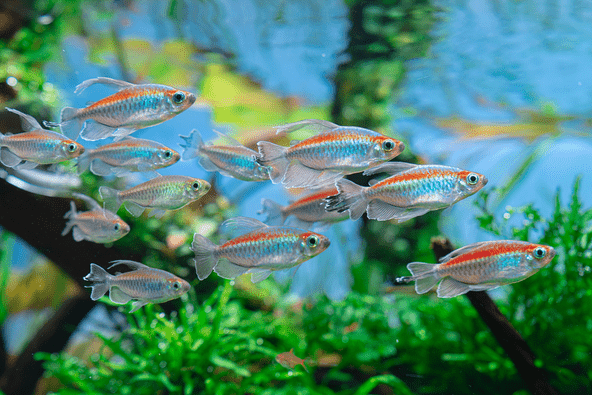
- Temperature: 72-82°F (22-28°C), which is comfortable for their tropical nature.
- pH Level: 6.0 to 7.5, leaning towards slightly acidic to neutral.
- Water Hardness: 3-18 dGH, indicating they prefer soft to moderately hard water
- Water Quality: Like most fish, Congo Tetra require clean and well-oxygenated water. Regular water changes (about 25% per week) are recommended to maintain good water quality. It’s crucial to remove any chlorine or chloramine from tap water before adding it to the tank.
- Nitrate Levels: Keeping nitrate levels low is important, as high levels can be harmful. Aim to keep nitrates below 20 ppm.
- Ammonia and Nitrite Levels: Both ammonia and nitrite should always be at 0 ppm. Even small amounts of these can be toxic to fish.
It’s important to use a reliable aquarium test kit to regularly monitor these water parameters. Sudden changes in water conditions can stress or harm your fish, so any adjustments should be made gradually. Maintaining stable water conditions is key to the health and longevity of your Congo Tetra. 🌊
Lighting and Decor
- Moderate Lighting: Mimic their natural, slightly shaded habitat with moderate lighting.
- Day/Night Cycle: Maintain a regular cycle, typically around 10-12 hours of light per day.
- Plants: Dense vegetation, including tall and floating plants, to provide hiding spaces and a natural environment.
- Substrate: A dark-colored substrate can enhance the natural colors of the fish.
- Hiding Places: Include driftwood, rocks, and caves for shelter.
- Open Swimming Space: Ensure ample free-swimming space to accommodate their active swimming behavior.
Diet and Nutrition
Feeding Habits
Congo Tetra are omnivorous. Therefore, a balanced diet including high-quality flake foods, frozen or live brine shrimp, daphnia, and occasional vegetable supplements will keep them healthy.
Feeding Schedule
Feed them small amounts once or twice a day, being careful not to overfeed.
Health and Wellness
Breeding Tips
Breeding Congo Tetra can be a rewarding experience, but it requires a bit of preparation and understanding of their breeding behavior. Here are some tips to help you successfully breed Congo Tetra:
- Breeding Tank: Set up a separate tank with soft, slightly acidic water (pH around 6.0-6.5) and a temperature range of 75-80°F (25°C). Dim lighting and fine-leaved plants or spawning mops are recommended.
- Condition the Breeders: Feed them high-quality live or frozen foods to encourage spawning.
- Spawning Process: Introduce a well-conditioned pair or small group. Spawning usually occurs in the morning.
- Post-Spawning Care: Remove the adults post-spawning to prevent egg predation. The eggs typically hatch in about 6-7 days.
- Rearing Fry: Start with infusoria or liquid fry food, then graduate to baby brine shrimp as they grow.
Remember, patience is key when breeding fish. It might take a few attempts before you see success. Keep a close eye on the water parameters and the health of both the adult fish and the fry to ensure a successful breeding experience. Good luck!
Common Health Concerns
Congo Tetras, like many other tetra species, are vulnerable to a range of common aquatic diseases, including the parasitic infection known as ich (Ichthyophthirius multifiliis), as well as various fungal infections. These health issues, if not promptly and effectively addressed, can significantly impact the well-being of your fish, leading to stress, illness, and in severe cases, mortality. Therefore, the importance of diligent tank management and the maintenance of optimal water quality cannot be overstated when it comes to preserving the health of your Congo Tetras.
Ich, often referred to as white spot disease due to its appearance as small, white, salt-like dots on the fish’s body and fins, can cause considerable discomfort to infected fish. They may exhibit behaviors such as scratching against objects in the tank in an attempt to relieve the irritation. Fungal infections, on the other hand, manifest as white or cottony patches on the skin, fins, or mouth, often stemming from pre-existing injuries or poor water conditions that weaken the fish’s immune system.
To safeguard your Congo Tetras against these health threats, a proactive approach to aquarium care is essential. This includes regular monitoring of water parameters such as temperature, pH, and hardness, ensuring they remain within the species-specific ideal ranges. Congo Tetras thrive in water temperatures between 72°F and 82°F (22°C to 28°C), with a pH ranging from 6.0 to 7.5. Keeping the water conditions stable and within these parameters is key to minimizing stress and disease susceptibility.
Regular water changes, typically 25-30% every two weeks, help to remove waste products and potential pathogens from the tank, while also refreshing essential minerals that contribute to the fish’s health. Additionally, a well-functioning filtration system is crucial for maintaining clean and oxygen-rich water, further supporting the overall well-being of your Congo Tetras.
A varied and nutritious diet not only fulfills the dietary requirements of Congo Tetras but also boosts their immune system, making them less prone to diseases. Incorporating high-quality flakes or pellets designed for tropical fish, along with live or frozen foods like brine shrimp and daphnia, can provide a balanced diet that promotes vibrant health.
Quarantining new fish or plants before introducing them to your main tank can prevent the introduction of diseases. This practice, along with the use of hospital tanks for treating sick fish, helps to contain any outbreaks and protect the health of your aquarium community.
In summary, while Congo Tetras are subject to common fish ailments, maintaining high standards of tank management and water quality is the most effective strategy to ensure their health and vitality. By adhering to these care principles, you can create a thriving environment for your Congo Tetras, allowing them to showcase their stunning colors and peaceful nature to the fullest.
Life Expectancy
With attentive care, Congo Tetra can thrive for up to 5 years. Consistent monitoring and upkeep of their tank conditions are crucial for ensuring their long-term health and vitality.
Conclusion
In conclusion, incorporating Congo Tetra into your aquarium brings a dynamic blend of color and elegance. By following this guide, you can ensure a healthy environment for these vibrant fish. The essence of a thriving aquarium lies in maintaining stable conditions and understanding the needs of your Congo Tetras, such as proper schooling and habitat simulation.
Their lively presence will not only enhance the beauty of your setup but also reflect the care and dedication you invest into creating a harmonious aquatic world. Embrace this journey with enthusiasm, as your efforts will be rewarded with a captivating and serene underwater landscape.
Frequently Asked Questions
Congo Tetras are generally peaceful and make excellent community fish.
Males are more colorful with longer fins, while females are duller with shorter fins.
Keep a minimum of 6 Congo Tetras together to ensure a comfortable and social environment.
Congo Tetras are medium-sized fish, growing up to 3 (7.5 cm) in length
Breeding is possible but challenging in a community tank due to the need for specific conditions.
Congo Tetras might snack on very small or baby cherry shrimp, but larger shrimp are usually safe.
Most Congo Tetras in the aquarium trade are captive-bred, though wild-caught specimens are sometimes available.
Share Your Tetra Experiences
Do you have any stories or tips about your Tetra tank? Share them in the comments below!
Help Others Discover This Guide
Navigate the Tetra in your tank with confidence. This guide is your pathway to creating a vibrant and healthy aquatic showcase. Enjoy the dazzling colors and lively nature of these unique fish!

